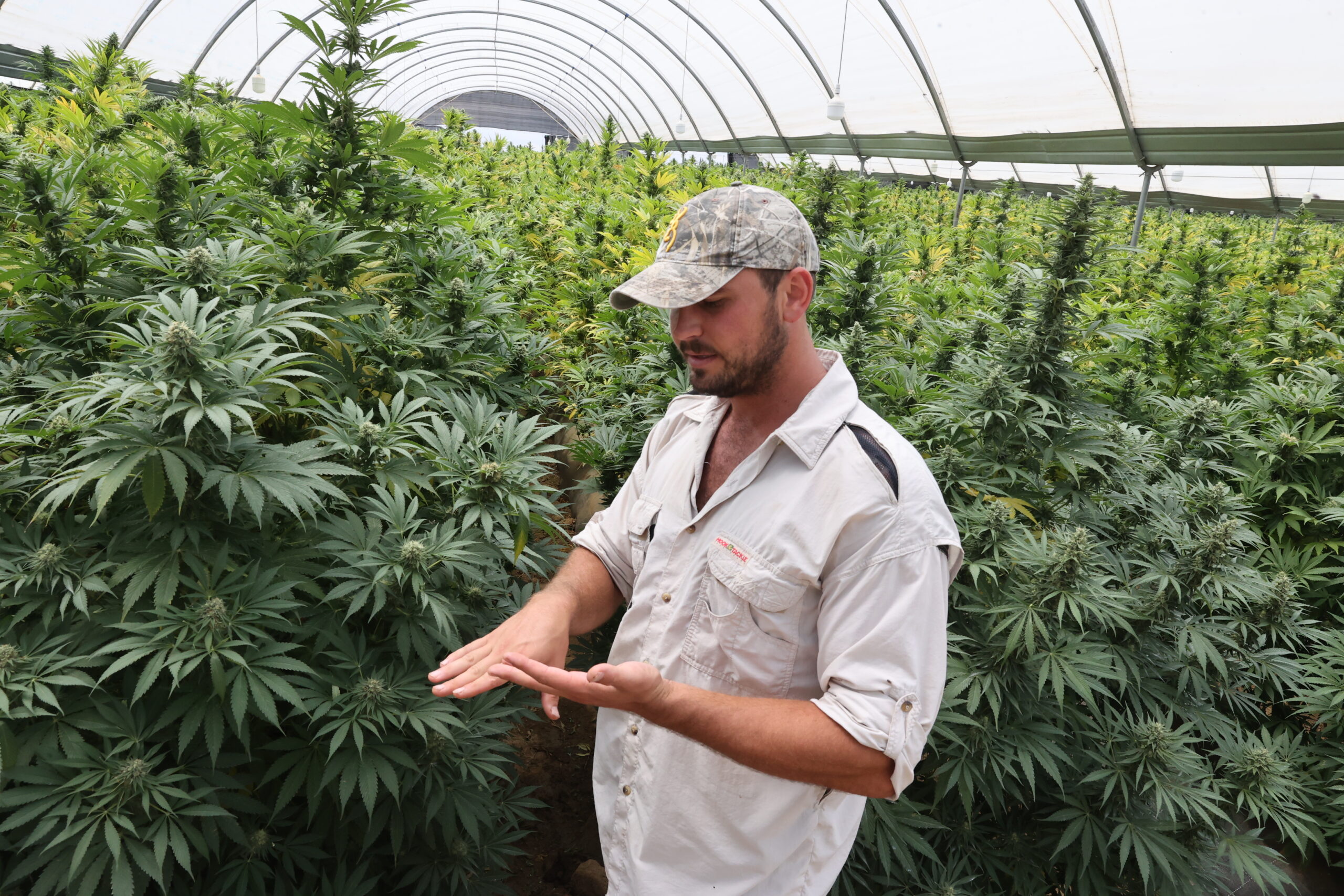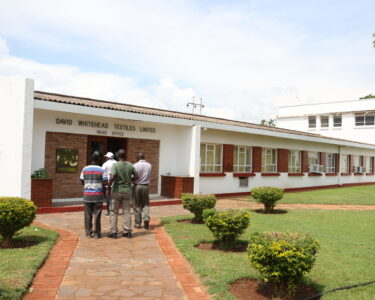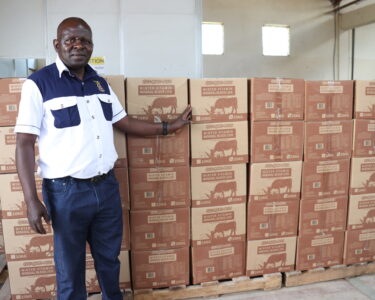This article is reproduced by courtesy of Sewport.com
Hemp fabric has been recognised as a source of extraordinarily tensile and durable textile fibres for millennia, but the psychoactive qualities of Cannabis sativa have recently made it harder for farmers to produce this immensely beneficial crop.
The stalks of the hemp plant consist of two layers: The outer layer is formed from rope-like bast fibres, and the inner layer consists of a woody pith. Only the outer layer of the Cannabis sativa stalk is used for textile purposes; the inner, woody layer is commonly used for fuel, building materials, and animal bedding.
Once the outer layer of bast fibres is stripped from the hemp plant, it can be processed and made into rope or yarn. Hemp rope is so strong that it was once the premier choice for rigging and sails on maritime vessels, and it remains renowned as an excellent material for clothing that surpasses cotton and synthetic textiles by most metrics.
However, since much legislation around the world doesn’t make a distinction between THC-rich marijuana and hemp, which has practically no THC, the global economy doesn’t take advantage of the benefits of hemp to the degree that it could.
Instead, people who don’t understand what hemp is stigmatise it as a drug. However, more and more countries are embracing the mainstream cultivation of industrial hemp, which indicates that the modern renaissance of hemp fabric is nearing its zenith.
Once it is processed into fabric, hemp has a similar texture to cotton, but it also feels somewhat like canvas. Hemp fabric is not susceptible to shrinkage, and it is highly resistant to pilling.
Since fibres from this plant are long and sturdy, hemp fabric is very soft, but it is also highly durable; while a typical cotton T-shirt lasts 10 years at the most, a hemp T-shirt may last double or triple that time. Some estimates suggest that hemp fabric is three times stronger than cotton fabric.
In addition, hemp is a lightweight fabric, which means that it is highly breathable, and it also effectively facilitates the passage of moisture from the skin to the atmosphere, so it is ideal for hot climates. It is easy to dye, and it is highly resistant to mold, mildew, and potentially harmful microbes.
Hemp fabric softens with each washing, and its fibres don’t degrade even after dozens of washings. Since it is also relatively easy to produce organic hemp fabric sustainably, this textile is practically ideal for clothing.

and more efficient than producing cotton
Where can it be grown?
As a crop, hemp grows well in mild climates with high humidity. In North America, Cannabis sativa plants are usually ready for harvest in mid-August.
Examples of garments commonly made with hemp include dresses, skirts, pants, jackets, T-shirts, hoodies, and clothing for children. In particular, this type of fabric is highly popular for T-shirts since it is resistant to wear and tear. Most cotton T-shirts start to warp, shrink, or fall apart after comparably few washes, but hemp T-shirts retain their shape and integrity for years and years.
In addition, this type of fabric may also be used in a variety of hemp textiles, such as tablecloths and upholstery. Dish towels is also becoming more common. Hemp fabric is also popular for use in towels due to its high absorbency and durability. Also its incredible durability makes it a great substance to use with blankets and duvets.
While some hemp fabric purists may choose to use textile products that are made with 100% hemp, it is also common to mix this type of fabric with other textiles. For instance, blends of cotton and hemp are popular, and it is also common to find this textile blended with silk. Blending hemp with other fabrics can make this textile softer while remaining durable.
Producing hemp fabric does not inherently cost more than producing cotton, but a number of market factors have driven up the cost of this fabric. For instance, cotton is produced on a much larger scale than hemp, which means that it is cheaper per volume. In addition, since hemp fabric is something of a novelty at this time, some retailers charge unreasonably inflated prices for this textile.
Ironically, producing hemp fibres is actually simpler and more efficient than producing cotton, and logic dictates that this factor would drive the cost of hemp fabric lower than cotton fabric. Until legislation regarding this textile becomes more reasonable and it is accepted as a common alternative to cotton, however, this unreasonable price discrepancy will likely persist.
Impact on the environment
The production of hemp fabric is inherently environmentally sustainable as is evidenced by the fact that human beings have produced hemp fabric for thousands of years without incurring any major ecological calamities.
However, as hemp fabric continues to be produced on a larger and larger scale, it is unclear whether or not all producers of this fabric follow the same sustainable cultivation and manufacturing processes that are necessary to keep the production of hemp fabric ecologically sound.
In most cases, a landmark 1998 study is referenced as an authority on the subject of hemp fabric’s environmental sustainability. Researchers noted that the production of this substance requires less land than cotton, and it also releases less toxic substances into the soil and the wider ecosystem.
Hemp is also considered to be a carbon negative raw material, which means that it absorbs more carbon than it produces. Production of this crop requires very few pesticides, and it does not require any herbicides. On the other hand, it has been indicated that producing hemp may require more nitrogen than growing cotton.





